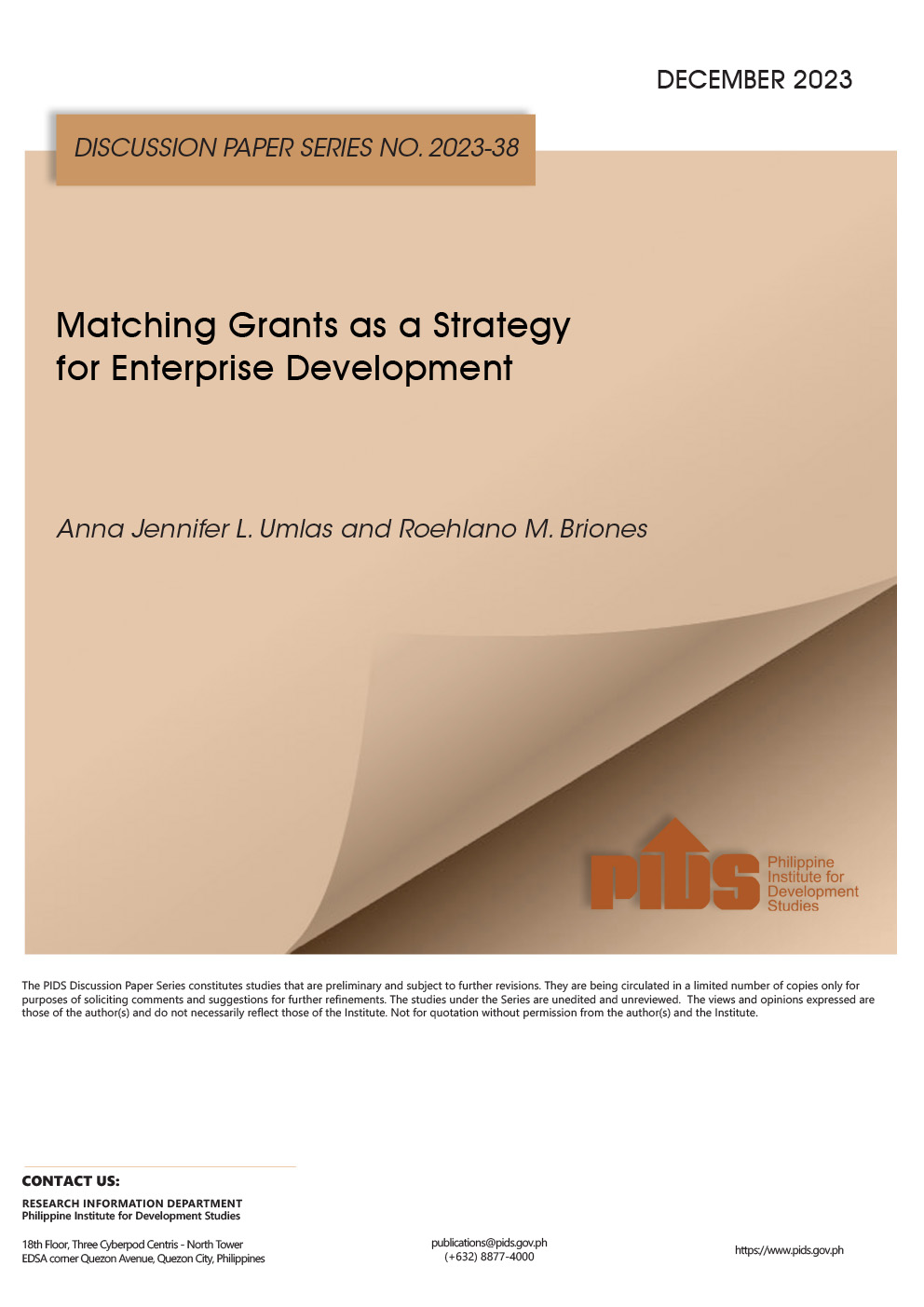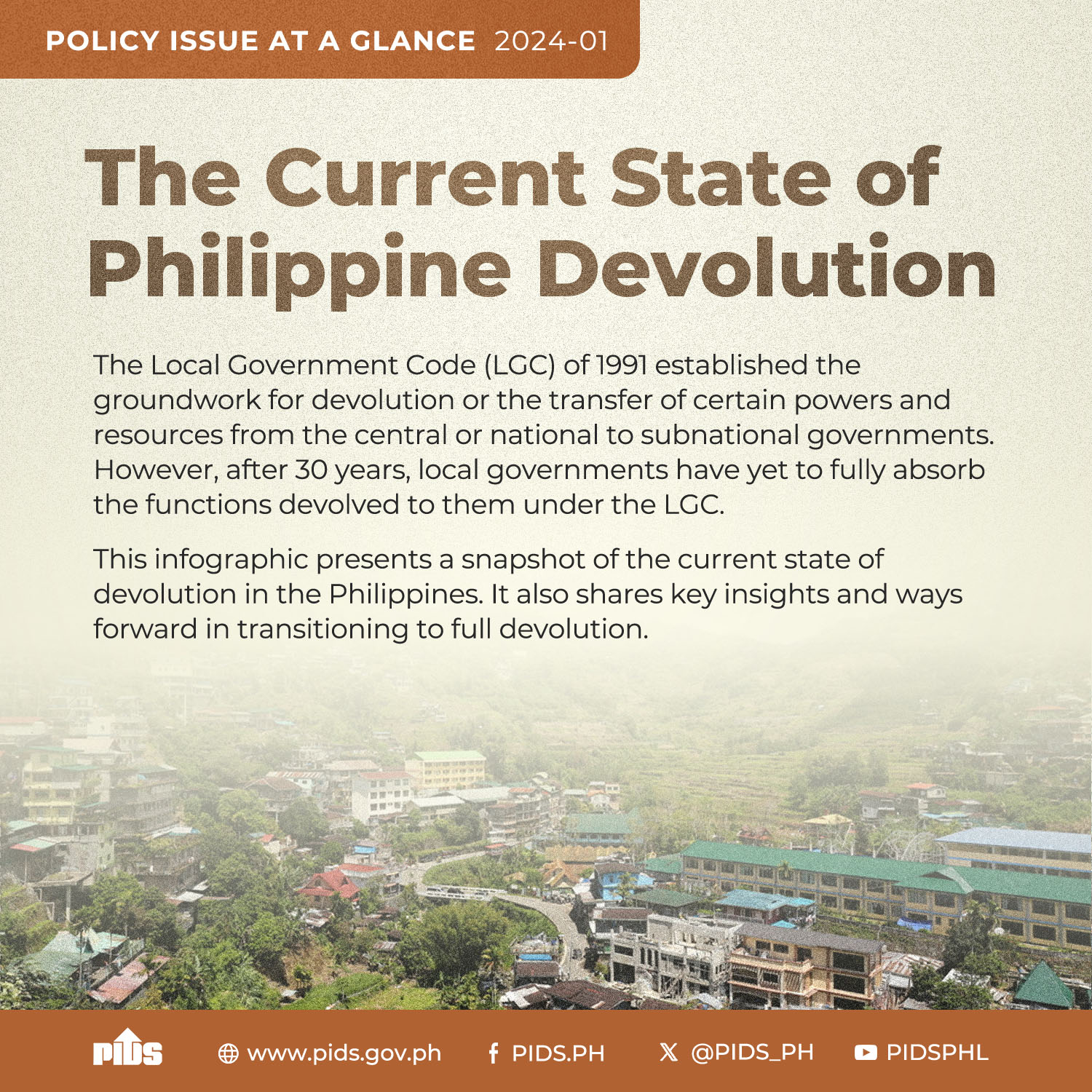MANILA, Philippines — The country’s agriculture sector declined in the first quarter, dropping 0.3 percent as the crops sector felt the impact of rising fertilizer prices.
Data from the Philippine Statistics Authority (PSA) showed that the value of production in agriculture and fisheries declined to P419.9 billion from last year’s P421 billion.
The crops sector, which accounted for 58 percent of the total value of production in the quarter, posted a 1.6 percent decline.
The decline was driven by the lower value of production of palay or unhusked rice and corn at 1.9 percent and 0.2 percent, respectively.
In terms of volume, palay production declined to 4.5 million metric tons (MT) from 4.63 million MT, while corn production declined to 2.41 million MT from 2.45 million MT.
Agriculture Secretary William Dar attributed the overall contraction in agricultural production to the spiraling of prices of fertilizer.
“So this is not what we are harping on. We need additional fertilizer subsidies to be given before the wet season,” Dar said when sought for comment on the agriculture sector’s first quarter performance.
Fertilizer prices in the international market have been rising since last year mainly due to larger demand from countries, as well as higher freight cost.
Latest data from the Fertilizer and Pesticide Authority showed that the average retail price of prilled urea reached P2,969.92 per 50-kilo bag from May 2 to 6. This is more than double the P1,150.83 per 50-kilo bag price in the same period last year.
Dar said the sector would need an additional P6 billion worth of subsidies for the wet season, on top of the P4 billion worth of fertilizer subsidies allocated for the palay sector.
He said this would help sustain the country’s palay productivity level as he emphasized the need to boost the country’s rice sufficiency amid disruption in the global food supply chain.
“We believe the second quarter will be a better performance in the rice industry as this will be where most of the additional output will come. We will continue to support the giving of these agricultural inputs, “Dar said at a webinar organized by the Economic Journalists Association of the Philippines (EJAP).
Apart from palay and corn, declines were also registered in the value of production of other crops, such as tobacco which dropped by 24.1 percent and sugarcane by 10.1 percent, among others.
In contrast, abaca and potato posted double-digit gains at 14.1 percent and 11.7 percent, respectively.
The livestock sector, which contributed 14.1 percent to the total value of production, also posted a one percent drop, driven by declines in commodities in the sector.
PSA data showed that the hog sector posted a 1.2 percent decline in production.
Philippine Institute of Development Studies (PIDS) Senior Research Fellow Roehlano Briones said the continued decline in hog production was due to hog raisers still feeling discouraged due to the African swine fever (ASF).
“The problem is many of the growers, hog raisers remain pessimistic. They don’t want to risk building their stocks yet,” Briones said.
Meanwhile, the fisheries sector, which accounted for 12.9 percent of the total value of production, also registered a 5.8 percent decline in the quarter.
This was driven by double-digit declines in a number of commodities such as mudcrab or alimango by 24.8 percent, skipjack by 20.2 percent and fimbriated sardines by 13.5 percent, among others.
In contrast, the poultry sector, which contributed 15 percent of the total value of production of agriculture, posted a 12.3 percent increase.
“Improvements in the value of production were noted for chicken by 13 percent, chicken eggs by 12.4 percent, and duck eggs by 11.8 percent, “the PSA said.
At current prices, the value of production in agriculture and fisheries increased by 2.1 percent to P498.61 billion.












